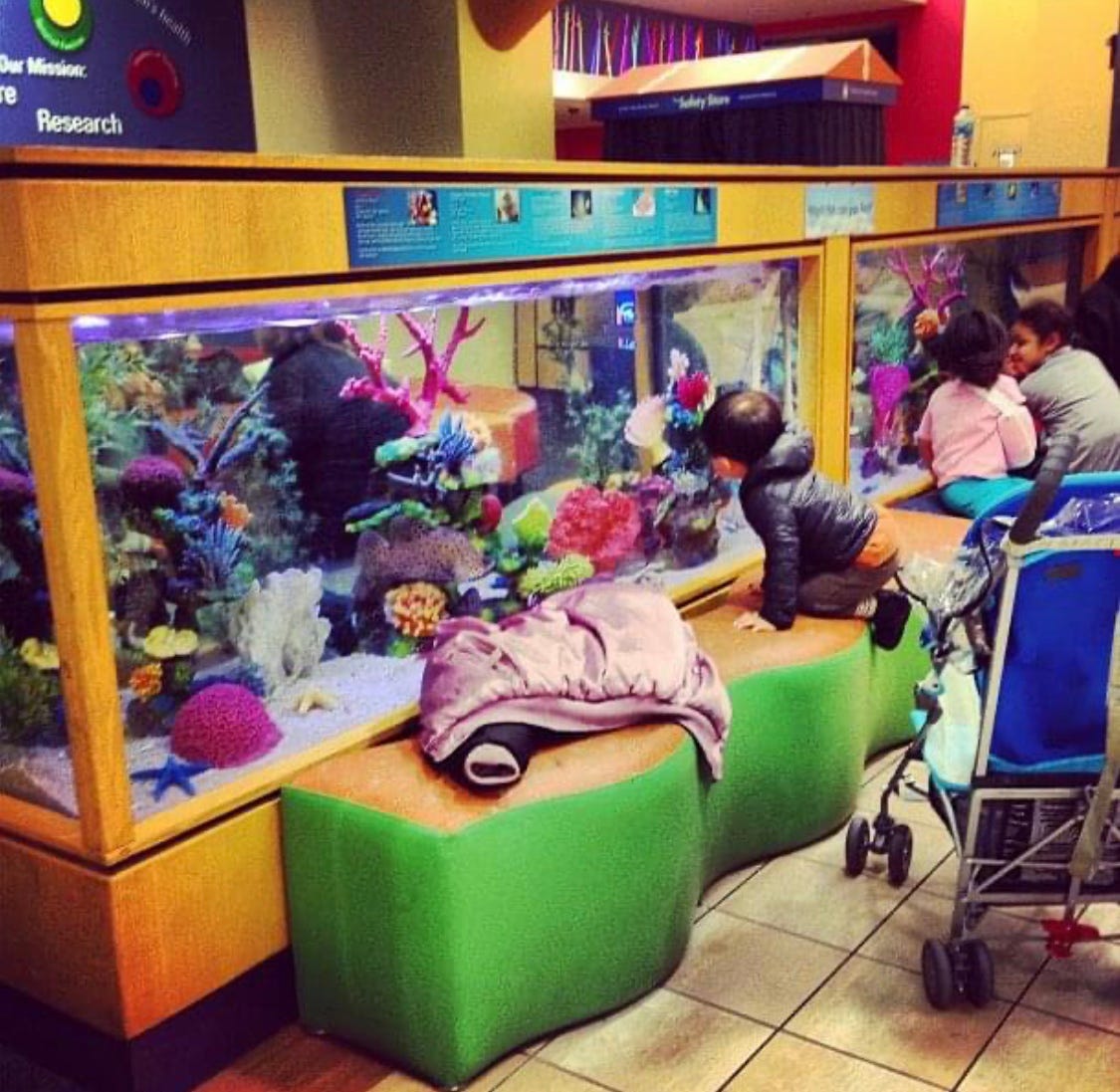Last week, I had an appointment scheduled with my rheumatologist at 2pm. It was no ordinary appointment — it was my very first telehealth visit.
At 2:03pm ET, my physician joined the line. Fun fact: I am a highly punctual person, so this really nourished that part of me. I was surprised by just how on-time my physician was, and that she spent the entire 30 minutes with me.
I was able to work uninterrupted right until the moment she got on the line, I took the call from my desk and as soon as we hung up, I was right back to answering emails and fielding client requests. It couldn’t have gone smoother.
So why did it make me sad?
I had shared this all with some friends (and the internet), and was met with questions and mixed reviews about my state of mind.
You’ll never forget your first
To begin, people were shocked to learn it was my first telehealth visit. As someone who works in health technology and innovation, shouldn’t I have been doing this for years? Well, to my knowledge, it was never an option.

As someone with multiple chronic illnesses and countless specialists, my needs extend beyond primary care. My rheumatologist does a joint exam, checks my range of motion, and feels for fluid. My dermatologist examines my skin and takes biopsies in the office. My ophthalmologist looks in a slit lamp to examine my posterior retina to check for inflammation. These types of exams were not the first out of the gate for telemedicine.
In fact, when I spoke to my rheumatologist last week and told her it was my first telehealth visit, she told me it was her first day doing it too!
My neurosurgeon in Boston also just started offering telehealth. And while this appointment, which is mostly comprised of comparing last year’s scan to this year’s scan, is ripe for a quick telehealth visit, state lines also used to be an issue.
But all that has changed now, and we have been thrust into the future. So why did I feel sad about it?
Unexpected grief
I am still processing, well, lots of things, one of which being why I experienced this feeling of loss by not seeing my provider in person.
Was telehealth easy? Absolutely.
Did my provider spend time with me? Indeed, a flush 30 minutes.
But being easy and productive is not mutually exclusive from experiencing grief. A friend asked me to explain more where that feeling of grief was coming from, which is a good question.
The best I could do what just recount what going to the doctor has been to me in my life.

It was a ritual for me. You see, I grew up at the hospital. I was diagnosed with juvenile idiopathic arthritis as an infant.
I remember going to see my pediatric rheumatologist and reading Highlights magazine in the waiting room.
I looked forward to the ham cubes they served in the hospital cafeteria that, along with stickers, I got as my reward for getting through the day (and yes, it’s weird I remember that).
Weirder still, I didn’t mind getting my blood drawn, I was actually excited about it because the phlebotomist had these Snoopy bandaids I loved (so much so that they gave me one to bring home and to this day it is in my sock drawer in my parent’s house).
I can honestly say, hopefully to the comfort or parents of sick kids everywhere, that I have more positive memories than negative ones, and they were predicated upon me going into the hospital to see my care team.
Change is change, and it signals loss
So while taking time out to go see my doctors is disruptive, it was also routine for me. By changing to telehealth, it signaled to me a change in that routine, and that change is itself a signal of the crushing new reality we are all trying to adjust to.
I am used to working from home. That is not new for this chronic illness patient. But not being able to see my doctor in person? That is new. And recognizing the new world order is causing me to confront this drastic change in the way that others are receiving that signal by not being able to go into the office, to their child’s graduation, to religious services, on Tinder dates, etc.
Telehealth to me signaled that something had changed.
That said, I am grateful for the technology, access, and convenience it brings to so many who need it, myself included. There are still many kinks to work out, and understanding to be had about when and who it is most appropriate for, but right now, it is a literal lifesaver for so many.

So I will lick my wounds of not being able to see my provider in person. Perhaps if someone could just mail me a Snoopy bandaid, I’d feel even better.
To hear how other patients feel about telehealth, tune into our new vodcast, Ask Patients.
Jen Horonjeff, PhD, is an autoimmune disease patient and the founder & CEO of Savvy Cooperative. Savvy is improving healthcare for patients by helping companies create products and services that patients actually need. Savvy provides an online marketplace where companies and innovators can connect directly with diverse patients and consumers to obtain patient insights for clinical, user experience and market research. Using a unique co-op model, Savvy Cooperative is the first patient-owned platform that empowers patients to use their health experiences to advance research, resources and product development. For more information about Savvy Cooperative, please visit www.savvy.coop and follow Savvy Coop on Facebook, Instagram and Twitter.
April 8, 2020
.png?width=300&height=69&name=SavvyCoop_HorizontalLogo_LargeFormat%20(1).png)